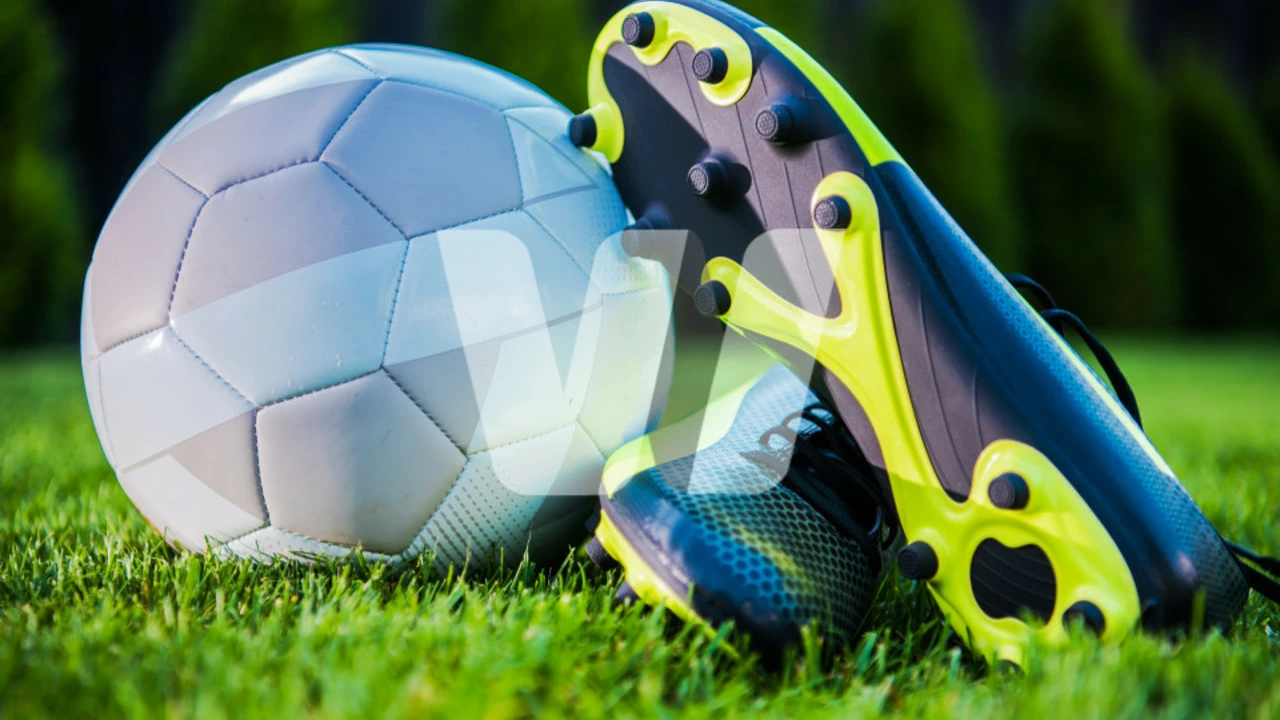Baseball Infielders
When talking about Baseball Infielders, players who field the area between first and third base, handling ground balls, turning double plays, and covering bases. Also known as infield players, they are essential for a team's defensive strength. The infield is a tight space, so Shortstop, the central defender covering the gap between second and third base often becomes the hub of action. A shortstop must have lightning‑quick reflexes, a strong arm, and the intuition to anticipate batters’ hits. This position embodies the idea that "defensive range influences overall fielding success," a clear semantic link that shows how positioning and skill set interact. Infielders also need the ability to communicate constantly, because a split‑second decision on a grounder can mean the difference between an out and a run.
Other Infield Positions and Their Unique Demands
Beyond the shortstop, each corner of the diamond has a specialist. The Second Baseman, who covers the area between first and second base and often partners with the shortstop on double plays combines agility with the knack for quick footwork. The third baseman, sometimes called the "hot corner," faces the fastest line drives and must possess a sturdy glove and a cannon‑like throw to first. Meanwhile, the First Baseman, who primarily receives throws from other infielders and stretches to catch off‑balance pitches relies on height, reach, and good foot positioning. Together, these four roles create a defensive matrix: "Effective infield coverage requires coordinated positioning among shortstop, second baseman, third baseman, and first baseman." Each player’s fielding percentage, range factor, and ability to turn a double play are key metrics that fans and analysts track. The synergy among them determines how many runs a team can prevent, illustrating the triple "Infield coordination influences run prevention".
Understanding the core skills of infielders helps you appreciate the game beyond the scoreboard. You’ll notice how a well‑fitted glove, proper footwork drills, and split‑second decision‑making feed into higher fielding percentages and lower error rates. Coaches often stress fundamentals like staying low, keeping the glove out, and reading the batter’s stance—practices that translate directly into better defensive outcomes. Whether you’re a casual fan or an aspiring player, grasping these concepts makes watching a ground ball feel like a mini‑strategy session. In the listings below, you’ll find articles that dive deeper into each position’s techniques, gear recommendations, and statistical breakdowns, giving you the tools to spot top‑tier infield play the next time you watch a game.

Can you use soccer cleats for baseball infielders?
So, you're wondering if your soccer cleats can play double duty and be your secret weapon on the baseball diamond too, huh? Well, it's time to kick off the suspense! Technically, yes, you could use soccer cleats for baseball. But, let's not slide into decisions too quickly. Baseball requires specific cleats for the quick lateral movements, while soccer cleats are designed for running. So, while you could use them, just remember you might not be stealing bases quite as smoothly. Now, isn't that a kick in the grass?